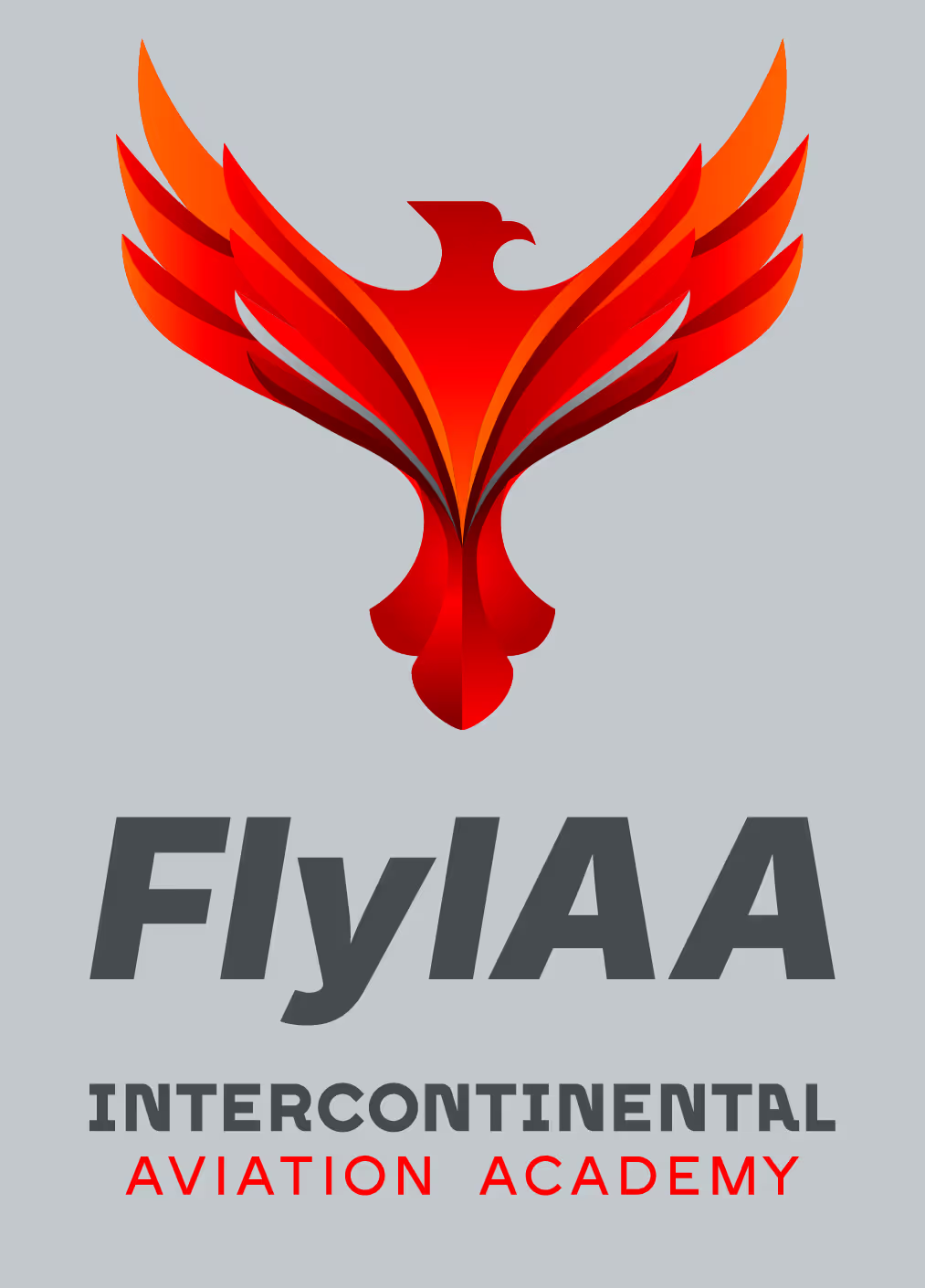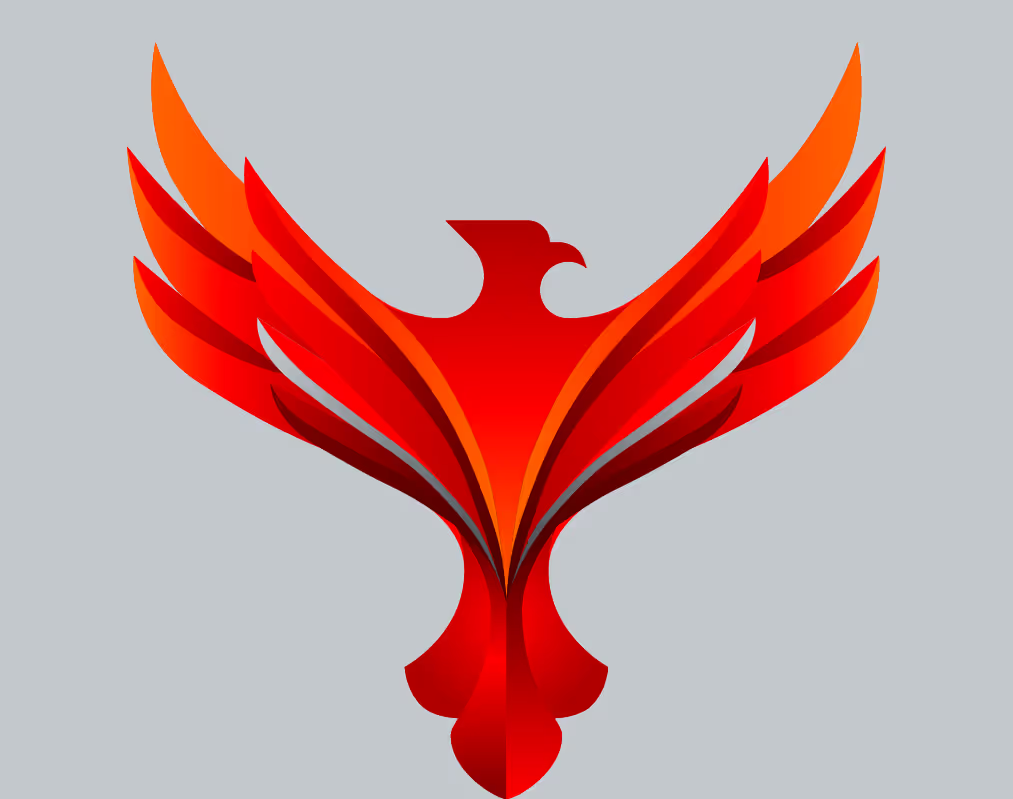You’re 18, staring at university brochures while dreaming of cockpits. Your parents want you to get a degree first, “just in case.” Your friends are heading to college. Everyone’s telling you that airlines won’t hire pilots without university credentials.
They’re wrong. And that mistake costs aspiring pilots four years and €100,000 they’ll never get back.
The €200,000 Question Nobody Asks
Here’s what happens when you follow conventional advice. You spend four years at university, racking up €73,600 to €110,400 in costs. You graduate with a degree in business, engineering, or another field that seemed practical at the time. Then you realize you still can’t fly a plane.
So, you enroll in flight school. Another €70,000 to €103,000. Another two years. By the time you’re sitting in your first airline interview, you’re 24 years old with €200,000 in educational expenses.
Your competitor for that job? A 21-year-old FlyIAA graduate who’s been flying commercially for three years. They spent €70,000 total. They’re already earning €40,000 a year. They have accumulated 1,500 flight hours, whereas you have 200.
Guess who gets hired.
What Airlines Actually Care About (Hint: It’s Not Your Philosophy Degree)
I spent last month talking to recruitment heads at seven major airlines across Europe and the Middle East. Not one, not a single one, said they require university degrees. What they said instead was revealing.
“We need pilots who can handle an engine failure at 37,000 feet,” said one recruiter from a major Gulf carrier. “A degree in marketing doesn’t help with that.”
Another, from a European flag carrier, was blunter: “Give me someone with 2,000 hours and solid training over someone with a PhD and minimum hours. Every time.”
Yes, some airlines list degrees as “preferred.” You know what else they prefer? Pilots who don’t need extensive retraining. Pilots with clean records. Pilots available to start immediately. When you’re one of approximately 660,000 pilots the industry needs by 2044 (according to Boeing's 2025 Pilot and Technician Outlook), “preferred” becomes negotiable really fast.
The Training That Actually Matters
Walk into FlyIAA’s facility in Cyprus. You’ll see students from all around the world working through their courses and interacting with their instructors.
Every day at FlyIAA involves actual aviation work. Meteorology that helps you read weather patterns that could kill you. Navigation mathematics that gets you home when GPS fails. Aviation law that keeps you out of international incidents. Human factors training that explains why even good pilots make bad decisions, and how to prevent yourself from making them.
You’re not learning about flying. You’re learning to fly. There’s a difference, and it’s worth about €100,000 and four years of your life.
But What If You Wash Out?
Fair question. Pilot training may be intensive, and not everyone makes it through. Some discover they hate small spaces. Others can’t handle the math. A few just lose passion.
So, what happens to the 5% who don’t complete training? They’ve spent a year learning aviation meteorology, navigation, regulations, and systems. They’ve developed decision-making skills under pressure. They’ve worked in international teams. They’ve managed complex technical projects.
You think these people struggle to find work? They become aviation safety inspectors, flight dispatchers, aviation insurance assessors, and drone operators. They run flight operations for corporations. They consult for aviation startups.
Compare that to dropping out of university after two years with half a psychology degree.
The Parental Panic Problem
Your parents aren’t wrong to worry. They remember when Pan Am collapsed. When 9/11 grounded flights for weeks. When COVID-19 emptied airports. They want you to have options.
Here’s what they don’t understand: the pilot shortage isn’t cyclical anymore. It’s structural.
Within the next five years, 30% of current airline pilots will reach mandatory retirement age. Flight training capacity can’t keep pace with demand. New airlines are either just launching or expanding their fleet in Asia, Africa, and the Middle East faster than they can find crews. Business aviation is exploding. Cargo operations are expanding. Urban air mobility is coming.
This isn’t a bubble. It’s a fundamental supply-demand imbalance that will define aviation for the next two decades.
Still want that backup plan? Here’s a better one. Become a pilot first. Start earning €40,000 a year at 21. Then use your airline’s education benefits to get a degree while you’re building hours. Some of our graduates are doing exactly this, flying full-time while completing online degrees from recognized universities. They graduate debt-free with 2,000 flight hours and a bachelor’s degree. Try doing that the other way around.
The really smart ones are waiting for FlyIAA’s university partnership programs to launch. We’re in discussions with several institutions about recognizing flight training as academic credit. Imagine starting a degree with 60 credits already earned from your pilot training. That’s two years of university knocked out before you even enroll. You’re not choosing between flying and education; you’re getting both, just in an order that makes financial sense.
When University Makes Sense (Sometimes)
Let’s be clear. Some people should go to university first.
If you’re genuinely unsure about aviation, don’t commit to flight training. It’s intensive, expensive, and designed for people who know what they want. Take a discovery flight. Spend a week at an airport. Talk to working pilots. But don’t invest €70,000 in training unless you’re certain.
If you’re 16 and can’t start flight training yet, a two-year degree might make sense. However, choose something relevant to aviation management, meteorology, or aerospace engineering. Don’t waste time on unrelated fields to hold a degree.
If you have a full scholarship to MIT for aerospace engineering, take it. That specific combination of institution and program opens doors that matter. But a generic business degree from a mid-tier university? That’s an expensive delay, not an investment.
The Numbers That End the Debate
Let’s do simple math. You start university at 18. Graduate at 22. Complete flight training at 24. Start your airline career with a €35,000 salary.
On the other hand, your friend starts FlyIAA at 18. Graduates at 20. By 24, they’re a captain upgrade candidate earning €65,000.
By age 30:
- You: 6 years experience, €300,000 career earnings, €200,000 education cost
- Them: 10 years experience, €500,000 career earnings, €70,000 education cost
They’re €330,000 ahead. They’re four years senior. They’re already shopping for investment properties while you’re still paying off student loans.
This isn’t complex financial modeling. It’s basic arithmetic that somehow escapes career counselors who’ve never worked in aviation.
What FlyIAA Actually Does
We don’t sell degrees. We create pilots.
Our graduates fly for Air Arabia, Cyprus Airways, Solitaire, and 17 other carriers you’ve heard of. Not because we have impressive buildings or famous professors, but because we teach people to fly planes safely and efficiently.
We handle your visa, your accommodation, and your medical certificates. Not because we’re nice, but because dealing with bureaucracy doesn’t make you a better pilot. Flying does.
The training is hard. Some days, you’ll want to quit. The weather in Lebanon will test your skills. The airspace complexity in Cyprus will push your limits. The academic load will challenge your assumptions about your own capabilities.
But in 18 months, you’ll have your commercial license. In 24 months, you’ll be airline-ready. And unlike your university friends, who are still figuring out their majors, you’ll know exactly what you’re doing with your life.
The Decision That Defines Your Decade
The aviation industry doesn’t wait. Every month you delay is a month of seniority lost to someone who started sooner. In an industry where seniority determines everything, routes, schedules, aircraft types, and pay, starting four years late is a handicap you’ll be burdened with your entire career.
Currently, airlines are creating cadet programs, offering signing bonuses, and guaranteeing type ratings. This won’t last forever. When supply eventually matches demand, and it will, it eventually disappears. The pilots who established themselves during the shortage will have the seniority, the experience, and the positions that late arrivals will spend decades trying to achieve.
You’re not choosing between education and flying. You’re choosing between relevant training now and expensive delays that add nothing to your aviation career.
Start Flying, or Keep Talking About It
Here’s what happens next. You’ll read this article. You’ll think about it. You’ll discuss it with people who’ve never flown anything more complex than a drone. You’ll worry about what relatives will say. You’ll second-guess yourself.
Meanwhile, someone else just submitted their application to FlyIAA. They’ll start training while you’re still debating. They’ll be flying while you’re in freshman orientation. They’ll be earning captain’s wages while you’re writing term papers about subjects you’ll forget the day after graduation.
The cockpit doesn’t care about your degree. It cares whether you can fly.
We start new classes every three months. The next one begins soon. The question isn’t whether you can become a pilot; with proper training, most people can. The question is whether you’ll act on that possibility or spend four years talking yourself out of it.
Visit FlyIAA’s facilities. Meet our instructors. Talk to current students. See if this path makes sense for you.
But whatever you decide, decide. Because in aviation, like in flying itself, hesitation is the enemy of altitude.
About the Author
Issam Sultan is a professional aviation consultant with more than 25 years of experience in the industry. He is the author of Aviation Awareness 101: A Guide to the Aviation Industry and is currently working on his new book, The LEAD System: 4 Steps to Turn Work Chaos into Control. A long-time supporter and advocate of Women in Aviation Middle East, Issam has volunteered his time since the organization’s inception to help advance its mission to promote diversity and inclusion in the industry. Through his consulting work, writing, and mentorship, he continues to guide aspiring aviators and professionals toward successful, organized careers in aviation and beyond.








